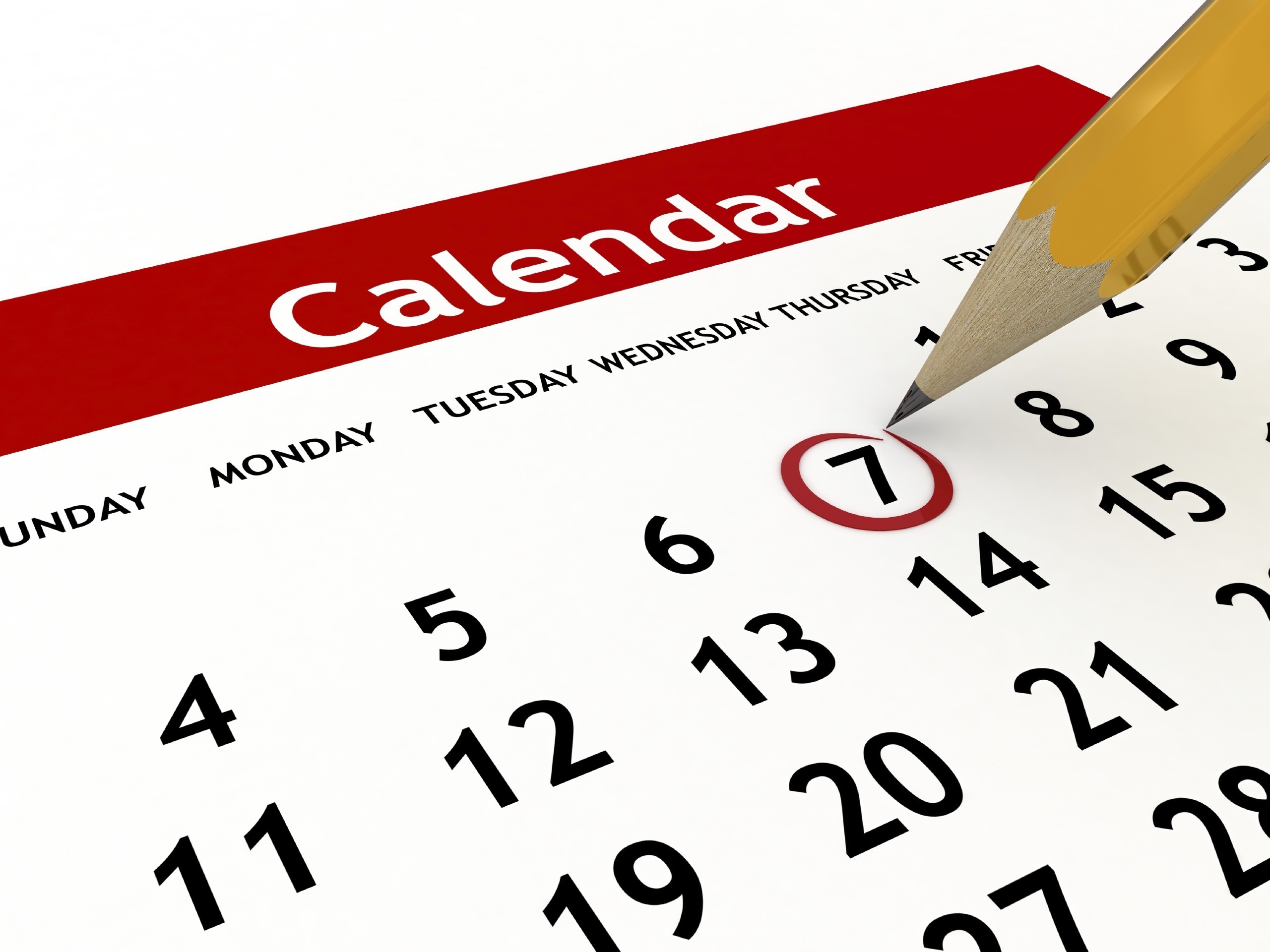Fires can start anywhere at any time. Help keep your homeowners and community safe with regular fire education and preventive actions.
Whether your homeowners association is a gated community or a condo building, there are important things you can do to help keep your community—and those who live in it—safe from fire.
Educate homeowners on fire safety
Fire safety isn’t likely at the top of your homeowners’ to-do lists. Help put it there by maintaining a steady flow of communications and events around fire safety:
- Invite a fire officer from your local fire department to speak at a community meeting.
- Send a form to homeowners twice a year to remind them to change the batteries in their smoke detectors. Require them to certify that they have done so on the form and mail it back to the board.
- Include a fire safety checklist in your newsletter or other homeowner communication.
- Provide tips of simple things homeowners can do to prevent fires, such as installing a screen in front of fireplaces, replacing electrical cords that do not work properly or have loose connections, turning off appliances when not in use and keeping a working fire extinguisher in the kitchen and garage.
- Remind homeowners to clear roofs of pine needles, leaves and other debris and to keep flammable items off balconies and patios.
- Stress the importance of emergency planning.
Keep buildings and grounds safe
The HOA board can also take steps take to help keep buildings and grounds fire safe:
- Have your building inspected by your local fire department. Ideally, you should do this once a year, but codes on inspection frequencies vary from state to state. The inspection is free so there’s no reason to skip it.
- Create a defensible space around homes and buildings. This space serves as a buffer between structures and combustible vegetation and should be at least 30 feet (ideally 100 feet).
- Prune vegetation and trees, especially any branches that hang over roofs or are less than six feet from the ground.
- Remove any dead trees and cut grass often.
- Where possible, replace flammable vegetation with plants that possess fire-resistant traits, such as plants whose leaves have a high moisture content.
- Clearly mark all emergency water sources and create easy firefighter access to these sources.
- If your community is a mid- or high-rise, hold regular fire drills so homeowners recognize the alarm signal and have a clear plan of how to exit the building. If you live in gated community, encourage homeowners to hold drills of their own.
Related Articles
- Qualify Your HOA For FHA Loans
- How To Select The Right HOA Management Company
- Should You Hire An HOA Management Firm
- Should Your HOA Invest Its Reserves
- 6 Steps To Create An HOA Board Resolution
- HOA Governing Documents
- Set Goals For Your HOA
- Establishing A Contracting Policy For Your HOA
- Keeping Your HOA Safe
- Should Your HOA Allow Rentals?
- HOA, Landlord, And Tennant Responsibilities
- Holiday Decorations and HOAS
- Prevent HOA Board Member Burnout
- Your HOA Board Needs Directors and Officers Insurance
- Be A Green HOA
Source: Red Cross, AssociaLiving.com, Firesafecouncil.org, HOALeader.com, CherryRanchHOA.com, ReadyforWildfire.org
 Print
Print Email
Email








